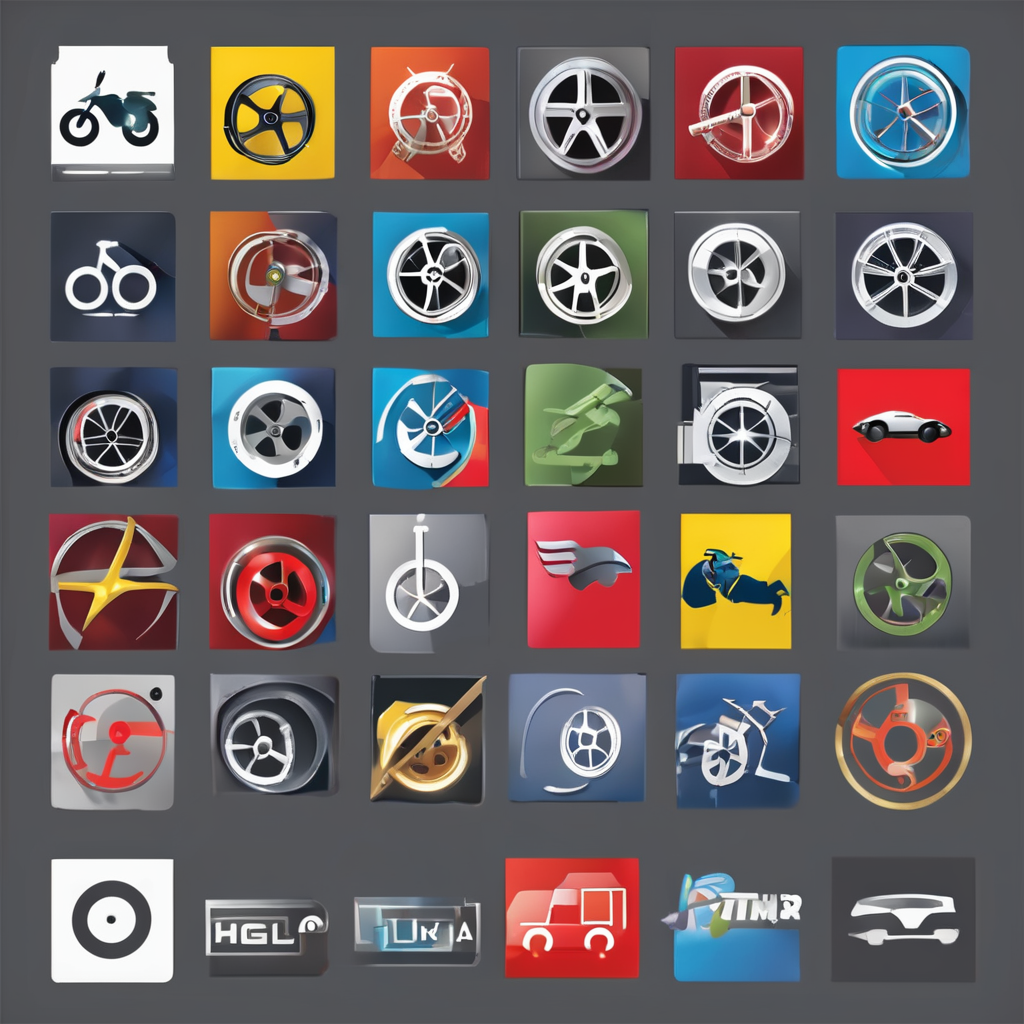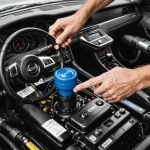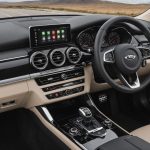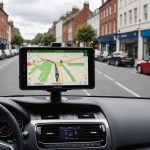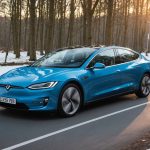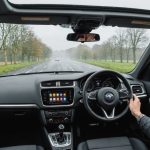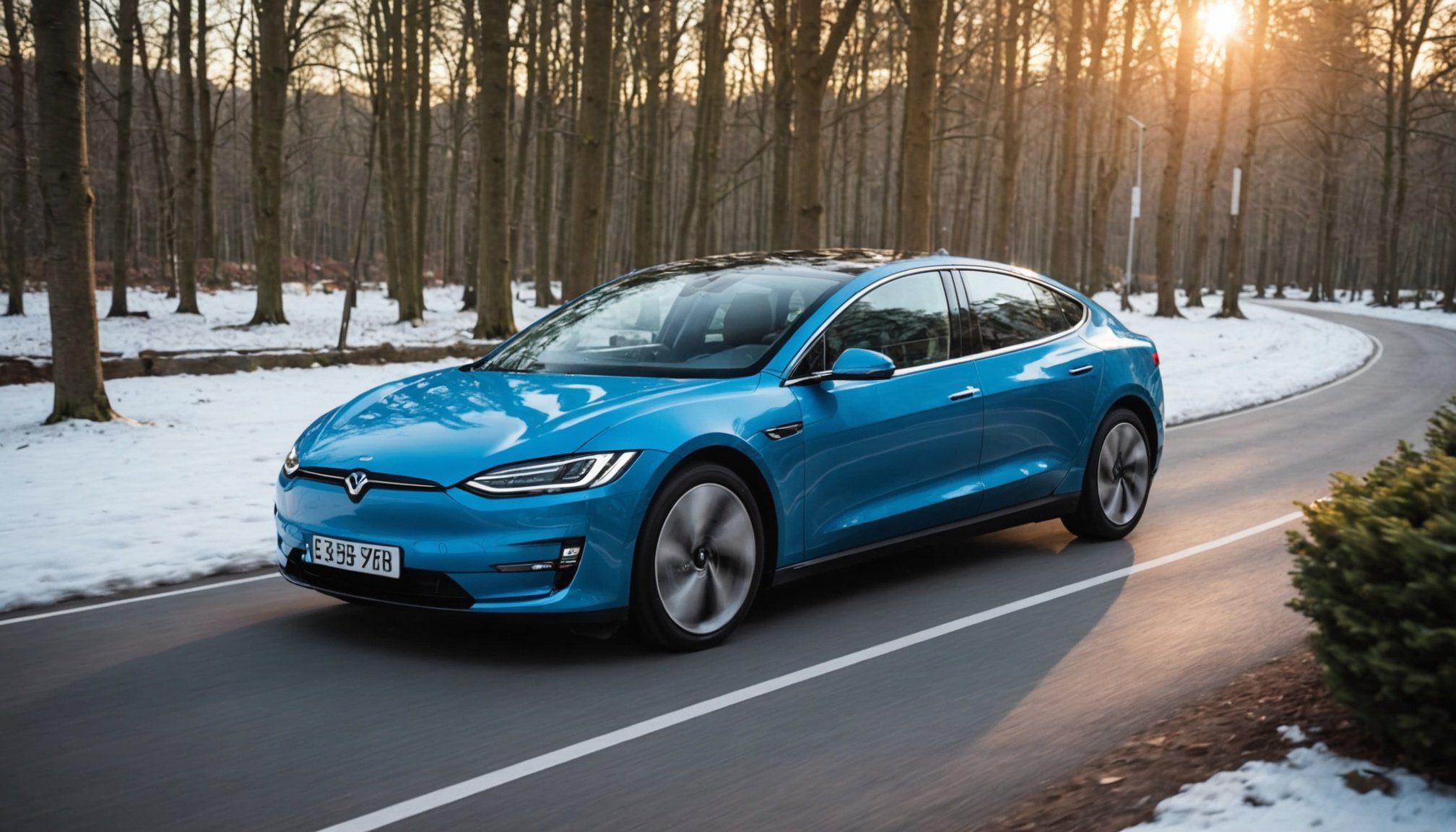Understanding Electric Vehicle Range in Winter
Winter conditions pose unique challenges for electric vehicle range due to the impact of cold weather on battery performance. When temperatures drop, the efficiency of electric vehicle batteries decreases, leading to a reduction in the vehicle’s range. To understand this, it’s crucial to compare winter and summer driving statistics. Typically, electric vehicles experience a notable reduction in range during winter, with colder temperatures affecting the chemical reactions within the battery cells, reducing their ability to store and deliver energy efficiently.
Understanding the manufacturer’s range estimates is essential for setting realistic expectations. These estimates are usually based on optimal conditions, often in warmer weather, meaning they can differ significantly in the winter. To compensate for the lower performance in colder climates, manufacturers may suggest strategies to improve battery efficiency, such as preconditioning the vehicle to warm it before driving.
Also to read : Essential Navigation System Features UK Drivers Need for the Perfect Urban Commute
The effect of cold weather on electric vehicle range cannot be underestimated, as it influences not only everyday commutes but also long-distance travel plans. Awareness of these factors, alongside proactive measures, can help drivers maintain optimal performance of their electric vehicles in adverse weather conditions.
Driving Tips to Maximize Range
UK motorists can enhance their electric vehicle range during winter by adopting energy-saving driving habits.
Also read : Discover 2023”s Best Car GPS Tracking Systems in the UK: Top Picks for Ultimate Vehicle Security
Adjusting Driving Style
Adjusting your driving style can notably affect energy efficiency. Smooth acceleration and braking minimize energy loss and help maintain momentum. Driving at an optimal speed—not too fast or slow—is crucial as it maximizes battery performance. Employing regenerative braking, where possible, recaptures energy and bolsters efficiency, extending your travel range.
Using Accessories Wisely
Effective use of vehicle accessories can also conserve battery life. Heating and cooling systems are significant energy drains, so use them judiciously. When it comes to defrosters and seat heaters, use them only when necessary, and turn them off once comfort is achieved. Minimizing power-hungry features, like advanced audio systems and interior lights, further conserves energy.
Route Planning and Navigation
Planning your route can have a substantial impact on battery efficiency. Avoiding steep hills and heavy traffic helps maintain a smooth ride, fostering energy conservation. Utilizing real-time navigation aids ensures optimal travel routes and assists in locating necessary charging stations along your path. This informed approach to route planning can significantly maximize your driving range and ensure efficient journeys.
Vehicle Maintenance for Winter Conditions
Proper vehicle maintenance is crucial for electric vehicles, especially in winter. Attention to tire maintenance is paramount. Ensuring your tires are suitable for winter conditions involves checking both tread depth and pressure. Worn-out treads and improper inflation can severely affect battery performance, reducing electric vehicle range. Therefore, maintain tire pressure at optimal levels to enhance traction and efficiency.
Regular vehicle inspections before winter set in are essential. These checks should cover the battery, brakes, and heating systems to ensure they are winter-ready. A thorough inspection helps identify potential issues that cold weather could exacerbate, safeguarding against unexpected breakdowns.
Battery maintenance is a cornerstone of winter electric vehicle care. Pre-conditioning your vehicle—heating the cabin and battery before driving—can significantly mitigate the impact of cold weather on battery efficiency. This practice, often managed via smartphone apps, optimises energy use and improves range retention.
Maintaining your electric vehicle’s overall condition contributes to a safe, efficient, and reliable driving experience during harsh winter months, ultimately optimizing your vehicle’s performance and extending its lifespan.
Charging Strategies in Cold Weather
Developing effective charging strategies is crucial for maintaining electric vehicle efficiency during winter. Understanding optimal charging times can significantly enhance performance, as charging during off-peak hours not only reduces costs but also benefits battery health. Cold temperatures can slow down charging speeds; utilising home charging stations in a warm location can mitigate this effect and ensure a faster charge.
Location of Charging Stations
Adopting a proactive approach to finding charging stations is vital for winter trips. Use apps and tools to pinpoint available stations, ensuring you’re never caught off guard. These resources can guide you to the nearest station and offer real-time data on charger availability. Safety considerations, such as well-lit areas and proximity to road services, add an extra layer of preparedness during colder months.
Managing Battery Levels
Effectively managing battery levels is key in winter weather. Avoid deep discharges by maintaining a buffer of charge, especially in extreme cold, as low battery levels can negatively impact vehicle performance. Employing range-extending driving modes conservatively maximizes efficiency, allowing drivers to stretch their vehicle’s range even in challenging conditions.
Conclusion and Additional Resources
In the comprehensive exploration of electric vehicle efficiency during winter conditions, staying informed and accessing expert advice is paramount. For further understanding and practical insights, engaging with dedicated electric vehicle guides serves as a resourceful step. These guides offer extensive knowledge on maximizing vehicle range, improving winter performance, and accessing maintenance tips tailored to diverse needs.
For UK motorists, tapping into UK-specific resources can optimize their electric vehicle experience. These resources may include government websites on electric vehicle incentives, regional energy-saving initiatives, and localized charging infrastructure updates. Staying current with these resources can grant users a competitive edge in managing their vehicle year-round.
In addition, delving into expert blogs curated by industry professionals provides an avenue to acquire valuable insights into the latest electric vehicle technologies and trends. These platforms underline the importance of adopting innovative strategies and adapting to ever-evolving automotive advancements. Regularly accessing these blogs can empower electric vehicle owners to anticipate upcoming changes, ensuring they remain well-equipped to harness emerging opportunities within the sector.
Keeping abreast of these publications fosters knowledge enhancement, allowing electric vehicle operators to navigate winter challenges confidently and make informed decisions.
